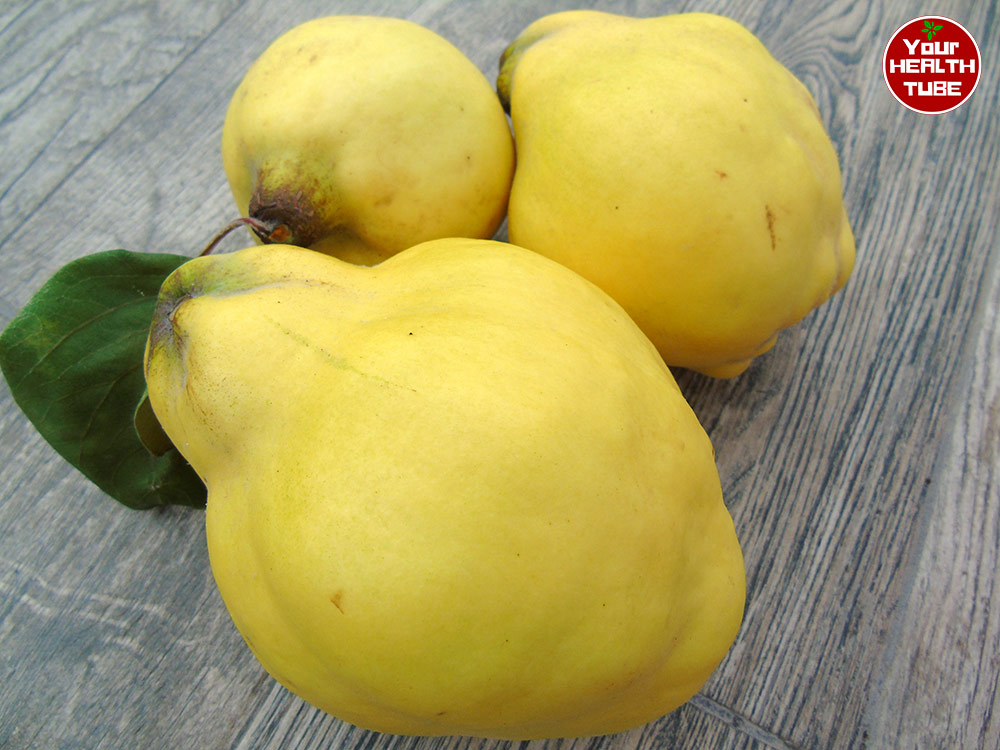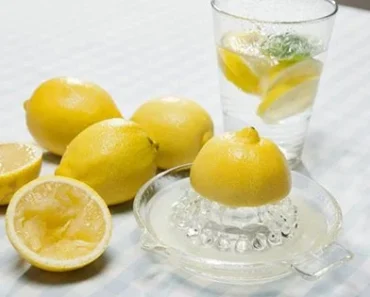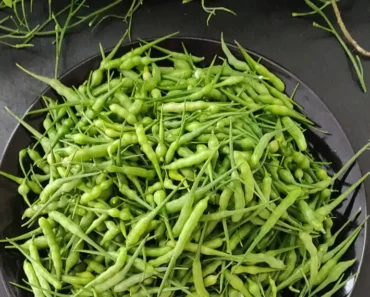Quince has a wonderful perfume. Its paste or “membrillo” is a popular addition to cheese in Spain. Quince belongs to the Rosaceae (just like pears and apples) and is the sole member of the genus Cydonia.
This fruit grows on a medium-sized semi-tropical deciduous tree, reaching around 10 – 15 feet in height. White-pink flowers appear in the late spring and early summer and develop into pear-shaped fruits with a golden color. The quince fruit is larger than average bumpy and people; appear somewhat like large avocados, guava, or pears. This fruit has a fuzzy and smooth surface similar to peaches.
It weighs around 250 to 750 g or even more in certain varieties. Inside, the flesh is light yellow and has numerous seeds concentrated at its center like in an apple. Raw quinces have an intense fruity aroma and along with its bright yellow color promptly attract the attention of every fruit lover. Though, raw fruit, even after-ripen, usually astringents and tarts.
Health Benefits of Quince
Fruits are a significant part of many healthy diets. They are rich in essential nutrients that are required by our body to stay healthy. Quince is one of those amazing fruits, which are loaded with vital nutrients and can provide you with various health benefits. Here are the most impressive quince health benefits:
- Boosts Immunity
Quinces have powerful anti-inflammatory properties. Moreover, ripe quinces are a rich source of Vitamin C, nearly 25 percent of the recommended daily allowance (RDA) Due to their high Vitamin C content, this fruit can help boost immunity and assist in the treatment of many inflammatory conditions.
This fruit also has great anti-allergenic properties – along with its seed extract can be used to treat cystitis and atopic dermatitis. It can also be used in the making of food products for people who suffer from allergies . Protects Against Cold and Flu
Quinces also have great anti-viral properties. Chinese quince contains phenolics that have strong anti-influenza activities as well as antioxidant properties . t aids protect against cold, flu, and, many other viral pathogens.
- Supports Weight Loss
Quinces are high in dietary fiber but very low in calories. An A100100-gram carving of fresh quince fruit contains only 57 calories. This fruit is also low in cholesterol, sodium, and saturated fat. All these qualities make it a perfect choice for weight loss and overall health condition.
- Treats Digestive Problems
This fruit is an effective remedy for treating morning sickness. When mixed with honey, quince can help treat diarrhea, intestinal infections, constipation, and colitis. Quine syrup is typically used in fhemorrhoidids treatment.
Chinese quince contains phenolics that have been proven to be effective in treating gastric ulcers. Drinking quince juice can help you get relief from peptic and gastric ulcers as it soothes the gastrointestinal tract. Find more natural remedies for treating stomach ulcers: http://yourhealthtube.com/stomach-ulcers-natural-treatments/
Baked or boiled quince relieves nausea and vomiting. Being a good diuretic, it aids in removing fluid buildup.
- Relieves Stress
The antioxidants in quinces help in maintaining a calm mind and relieving stress.
- Prevents Cardiovascular Disease
Quinces have incredible antioxidant properties due to their content of polyphenolic compounds These potent antioxidants fight off the presence of free radicals in the body, preventing stroke and cardiovascular disease as well as slowing down the aging process.
- Lowers Blood Pressure and Cholesterol Levels
This fruit is rich in potassium helps reduce high blood pressure and lower LDL or “bad” cholesterol in the blood, keeping your heart healthy.
- Prevent Cancer
The antioxidant properties of quinces assist the body fight against free radicals and kill malignant cancer cells. The quince’s pulp has granules that contain astringent compounds called tannins i.e. epicatechin and catechin. These tannins protect the mucous membranes from cancer by binding to cancer-causing chemicals and toxins in the colon.
- Treats Eye and Liver Diseases
Eating quinces is beneficial for people suffering from eye and liver diseases.
Chinese people use the boiled and soaked seeds of quince to prepare a jelly that can soothe eye issues, inflammation of the mucous membranes, and sore throat.
These seeds are particularly effective in healing hoarseness of the trachea and throat as well as other issues Quince oil can prevent sweating, fortify the heart, and improve the function of the liver.
Selection and Storage
Quince fruit season starts in September. These fruits usually arrive in the USA markets from Turkey, Georgia, Armenia, and the Middle East.
In the marketplaces, choose well-developed, steady, bright yellow-golden color fruits. You should avoid green and immature, as they are generally bitter and uneatable. Moreover, avoid bruised and shriveled ones as they don’t have flavor.
Once at home, keep them in a cool, dark place away from humidity and heat. That way, they will stay well for about a week. If you want to have them for several weeks – you should place them in the fridge.
Preparation and Serving tips
Raw quince is really sour and mordant as it has hardly eaten uncooked. It’s choking feeling in the mouth and bitter taste is due to some chemicals in the fruit called tannins.
Cooking kills these compounds while retaining aliphatic compounds and aromatic-rich essential oils in the fruit. With the addition of honey and sugar, the fruit makes exceptional flavorful savory, and sweet recipes, jellies, preserves, and jams.
To prepare, simply rinse the fruit in cold water. Next, cut it in quarters as you do in pears and apples. Remove seeds and central core using a paring knife. Cut into small wedges or chunks and add to the cooking.
Here are some serving tips:
Quinces make a fantastic addition to the confectionery. Some of the traditional sweet delicacies like compotes, jellies, marmalade, jams (memorial), cakes, tarts, pies, etc., employees this fruit to obtain special flavor.
The pulp from quince could also be employed in stews, as an addition to lamb, poultry, and seafood preparations as a flavoring base.
Safety profile
Quince seeds are toxic and shouldn’t be consumed. Raw fruit may irritate the throat and breathing difficulty.
Conclusion:
Quince juice is beneficial in the treatment of respiratory ailments, asthma, cardiovascular diseases, and anemia. Like all other fruits, quinces are also an effective addition to your regular diet. You can use this fruit for preparing delicious jam, marmalade, compote, tart, cake, jellies, etc. Fall is the ideal season to consume this fruit.
References: Stylecraze.com Ndb.nal.usda.gov Ncbi.nlm.nih.gov








